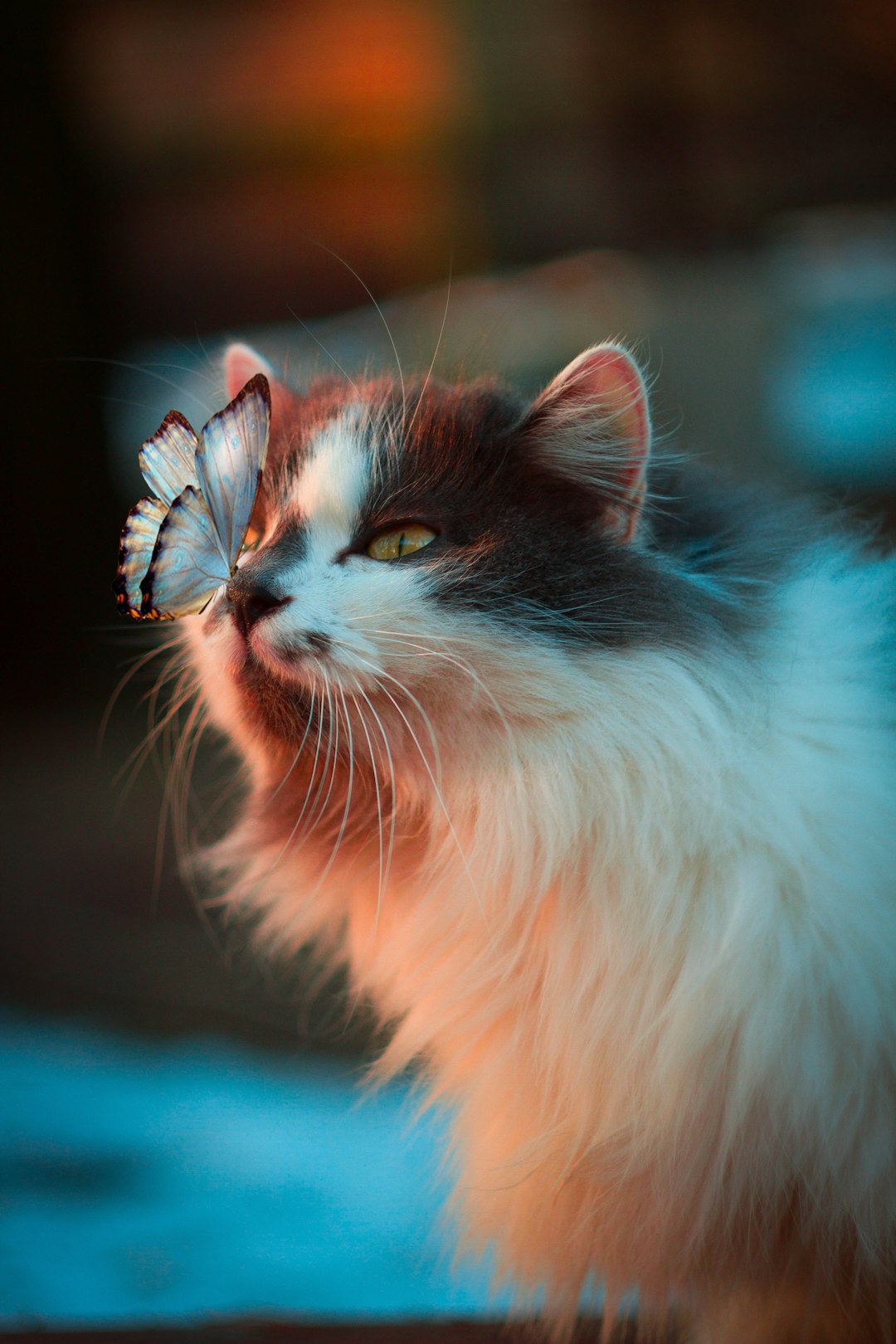The history of domesticating animals is a fascinating tale that dates back thousands of years. From the first attempts to tame wild animals for agricultural purposes to the development of pet ownership, humans have forged strong bonds with animals that have shaped our societies and cultures.
The process of domesticating animals is believed to have started around 10,000 years ago during the Neolithic Revolution, a period when humans began transitioning from a nomadic lifestyle to settled farming communities. This shift led to the domestication of animals such as dogs, goats, sheep, and pigs, which provided early humans with valuable resources such as food, clothing, and labor.
One of the earliest and most significant examples of animal domestication is the dog. Dogs are believed to have been the first animal to be domesticated, with genetic evidence suggesting that they were domesticated from wolves around 15,000 years ago. Dogs were initially used for hunting and guarding purposes, but they soon became valued companions and members of the family.
The domestication of other animals followed soon after, with sheep and goats being domesticated in the Middle East around 10,000 years ago. These animals provided humans with a reliable source of meat, milk, and wool, helping to sustain growing populations and support more complex societies.
Pigs were also domesticated around the same time, likely in multiple regions around the world. Pigs were valued for their ability to convert plant material into meat, making them an important food source for early humans.
The domestication of animals had a profound impact on human societies, allowing for the development of agriculture and the establishment of permanent settlements. The ability to raise and breed animals provided humans with a stable source of food and resources, leading to the growth of trade networks and the emergence of complex civilizations.
As societies evolved, so too did the relationship between humans and animals. Animals became not only a source of food and labor but also companions and pets. Cats, for example, were domesticated in ancient Egypt around 4,000 years ago and were revered as symbols of fertility and protection.
Horses were also domesticated around 4,000 years ago and played a crucial role in the development of ancient civilizations. Horses were used for transportation, agriculture, and warfare, allowing for the expansion of empires and the trade of goods across vast distances.
The domestication of animals continued to evolve over time, with new species being domesticated for various purposes. Cattle, for example, were domesticated around 8,000 years ago and became a staple source of meat, milk, and labor for many societies.
Today, the domestication of animals continues to play a significant role in human society. Animals are raised for food, companionship, and entertainment, with billions of domesticated animals living alongside humans around the world.
However, the history of domesticating animals is not without controversy. Critics argue that the domestication of animals has led to their exploitation and abuse, with animals being raised in cramped conditions for food production or trained for entertainment purposes.
In recent years, there has been a growing movement towards more ethical and sustainable practices in animal agriculture, with many people opting for organic, free-range, and cruelty-free options. There has also been increased awareness of the welfare of animals in captivity, with stricter regulations and standards being implemented to protect their rights.
The history of domesticating animals is a complex and multifaceted story that reflects the evolving relationship between humans and the natural world. While the domestication of animals has undoubtedly shaped our societies and cultures, it is important to consider the ethical implications of our interactions with animals and strive towards more compassionate and responsible practices.


